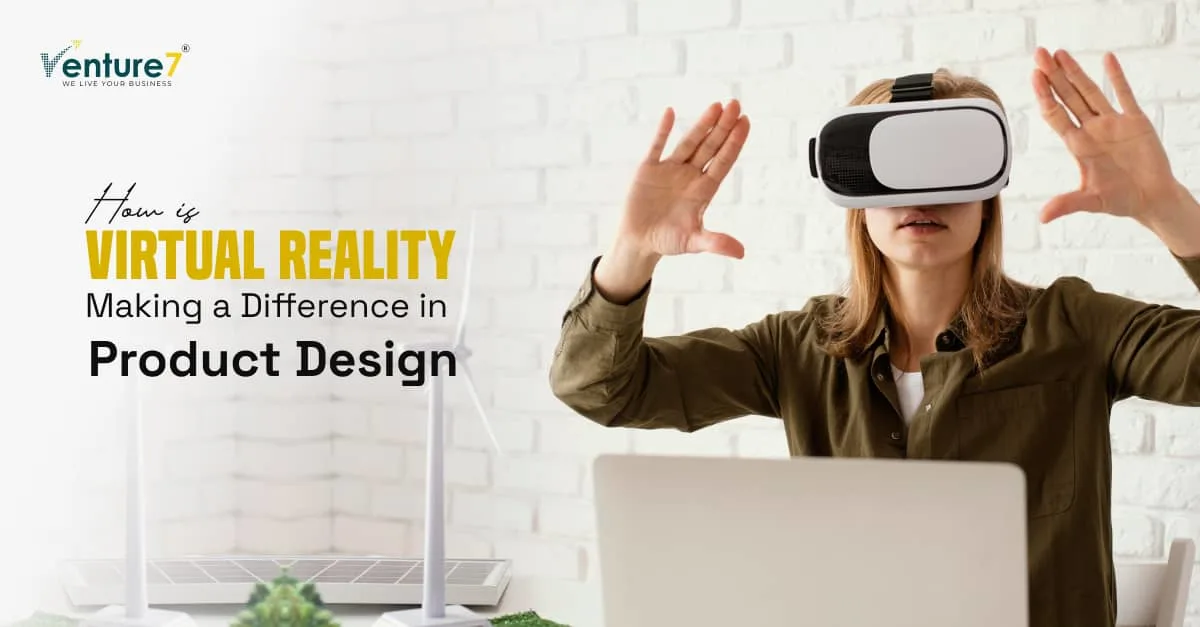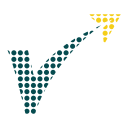The product design and development industry has gone through drastic changes over the past few years with constant evolution and advancement of technologies. The growing complexities and changing demands of customers makes it necessary for information technology experts to design high-quality products and deliver it to the market in a short span of time in order to stay ahead of the competition. The advancement of technologies has opened wide horizons for integrating innovation and creativity in the product design and development process and perform diverse simulations to simplify the process.
Creating a Near-Real World Experience for the Users
Technologies such as virtual reality and artificial intelligence have streamlines product design workflows and has enabled industries to bring efficiency in the overall process. Many industries are rapidly implementing virtual reality techniques as it has enabled product designers to test and interact with new products in an efficient manner. Virtual reality works by creating a simulating and immersive environment with the use of computer technology and presenting a near-real world experience to the users.
Virtual Reality a Boon for Product Designers
Artificial intelligence-based virtual reality techniques have benefited product designers in a number of ways. This technology has bridged the accessibility gaps by enabling industries to get deeper insights about the designs and prevalent market conditions by visualizing design implications and channelizing their designing strategies accordingly.
Virtual reality has made it possible for designers to view the products in simulated real-world environment that helps them to predict how the product will look in real life after the completion of the project. It has enabled them to eliminate the chances of errors and confusion and convey a product design in an efficient manner. This technology has allowed product designers to utilize advanced drone techniques to iterate product designs. This has enabled them to test various sequence patterns and interact with drone models in simulated real-world scenarios that has brought accuracy in the overall process.
This technology has given product design companies the ability to effectively analyze and communicate various technical details to their clients that has enabled the involvement of all the parties in the design process and easily observe and discuss the complexities of the products well in advance in order to streamline the development process.
Virtual reality has eliminated the need for designers to incur heavy expenditure on costs and resources or to build a different infrastructure for carrying out the process of product design and development as this technology can easily be set up wherever needed and allow internal personnel, clients, customers, etc. to view the designs at a centralized place that can be accessed by anyone who is involved with the project and at any given point of time.
Earlier, the designers could view the products at different intervals and rectify the errors only after the product has been developed which was a cumbersome and time-consuming process and also included a huge amount of costs. The use of virtual reality techniques has enabled product designers to experience full scale model from the beginning of the product development process which has made it possible for them to catch errors or flaws at a much early stage and rectify them in a short span of time, with lower or no involvement of costs.
Virtual Reality Enhanced User Experiences
Virtual reality has majorly contributed in reducing the risk of failure of products to a great extent by identifying and rectifying errors quickly. The retention rates have drastically improved as the companies are focusing on providing virtual reality training to employees in order to bring efficiencies in the process to attract a greater number of customers and retain the existing ones. This technology has enhanced user experiences by developing and providing products as per their needs and preferences.
Opportunity for Designers to Transform Workspace into VR World
This technology has enabled product designing industries to optimize their operations by simulating everything from assembly work cells to the overall flow of production by getting important insights about the workflows and production lines from the huge amount of gathered data that is analyzed with the use of advanced tools and technologies. Virtual reality has allowed designers to word in a 3-D design space that has transformed the ways of carrying out the operations in the design industry. The designers can design complex and professional components of product design without the use of mouse clicks by utilizing virtual reality techniques.
Virtual reality has taken the product designing process far beyond the operations of molding and forming an element of the design. The designers can now develop different parts of the product with the ability to interact with other parts and evolve. This technology has provided designers the opportunity to transform their workspace into the VR world and perform operations accurately by allowing designers to export their designs into the VR world by just wearing a virtual reality lens.
This technology has simplified the communication of ideas among various parties by eliminating the ambiguity from the process with photo realistic visuals and real-world scalability of objects, thereby making it easy for all the parties to visualize and interpret the concept with 3-D models.
Importance of Product Design Evaluation
Many industries are integrating virtual reality techniques to improve the operations of product design and development as it has helped designers to evaluate the overall process on a wide scale and make quick changes to the process as and when needed without the need for designers to build a real prototype. This technology has revolutionized the ways of carrying out operations in a product design industry by enabling designers to design and test products in real time and improve the overall experience. It has eliminated the loopholes of traditional and outdated technologies with its advanced tools and applications, which, in turn, has opened a plethora of revenue streams for the design and development process. Product designers now have an added advantage of analyzing huge amount of data information to make informed design decisions and stay ahead in the competition.
This technology has nearly all the elements that is required to develop and deliver a high-quality and user-friendly product. Virtual reality has come a long way and has drastically improved complex user interactions and has enabled rapid development of products. This technology is truly disrupting the design world with the enormous advantages that it provides to the design industry.





